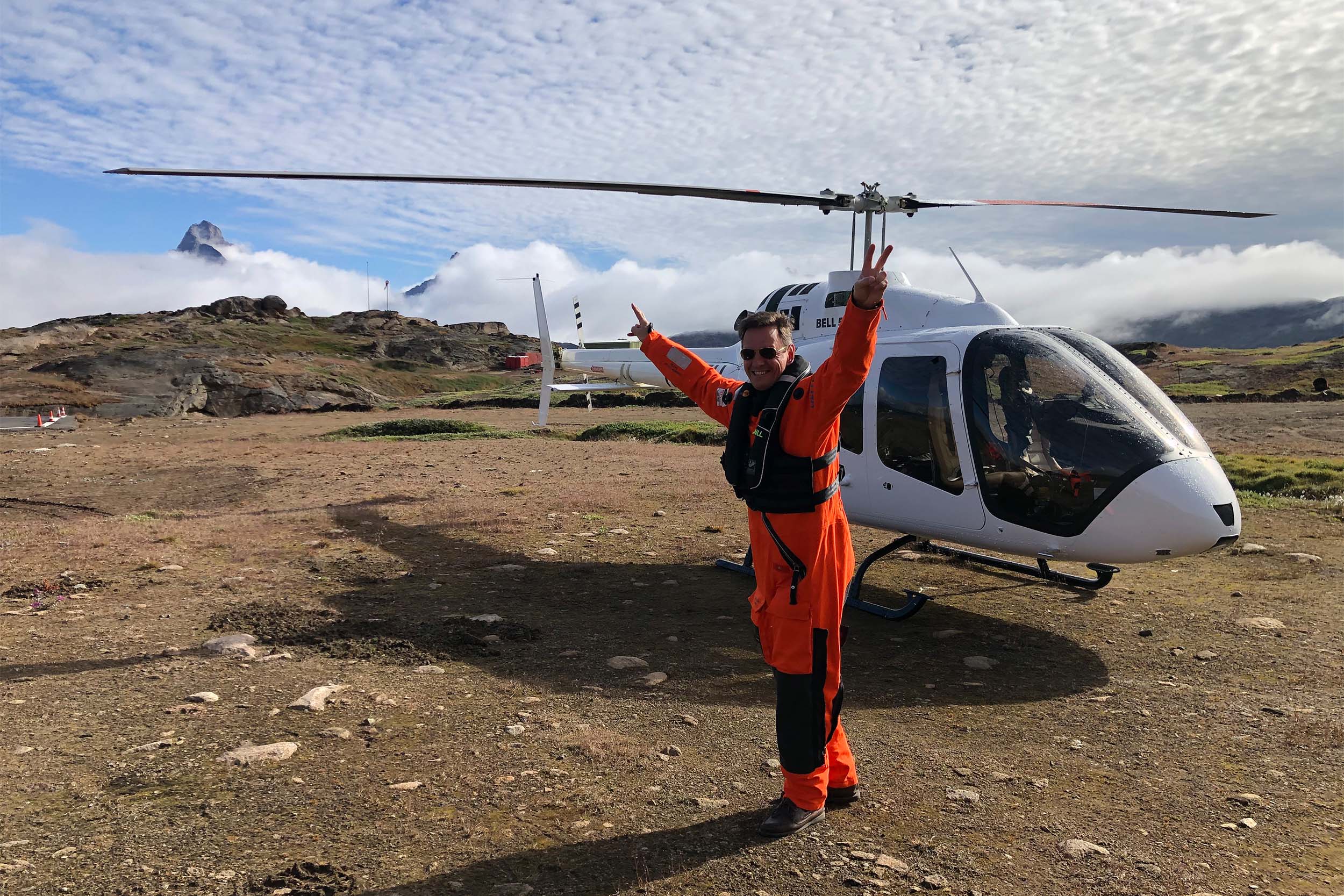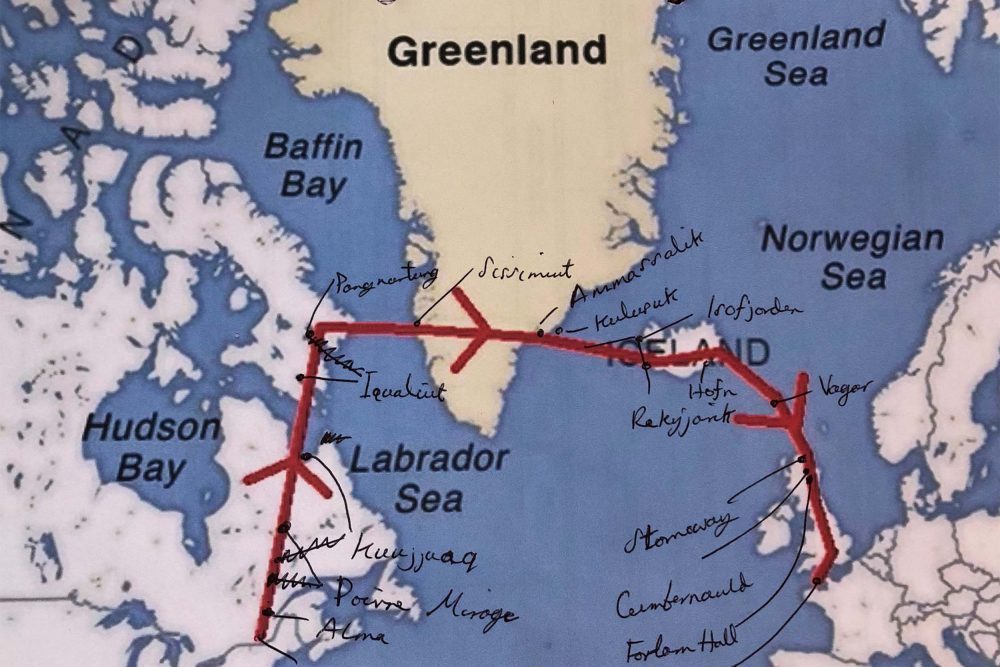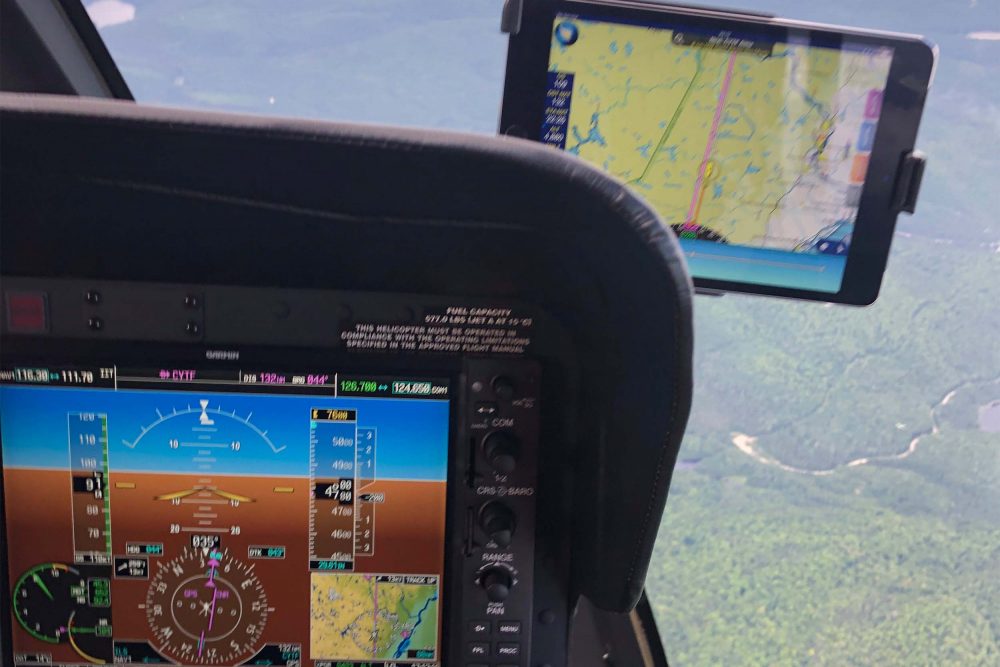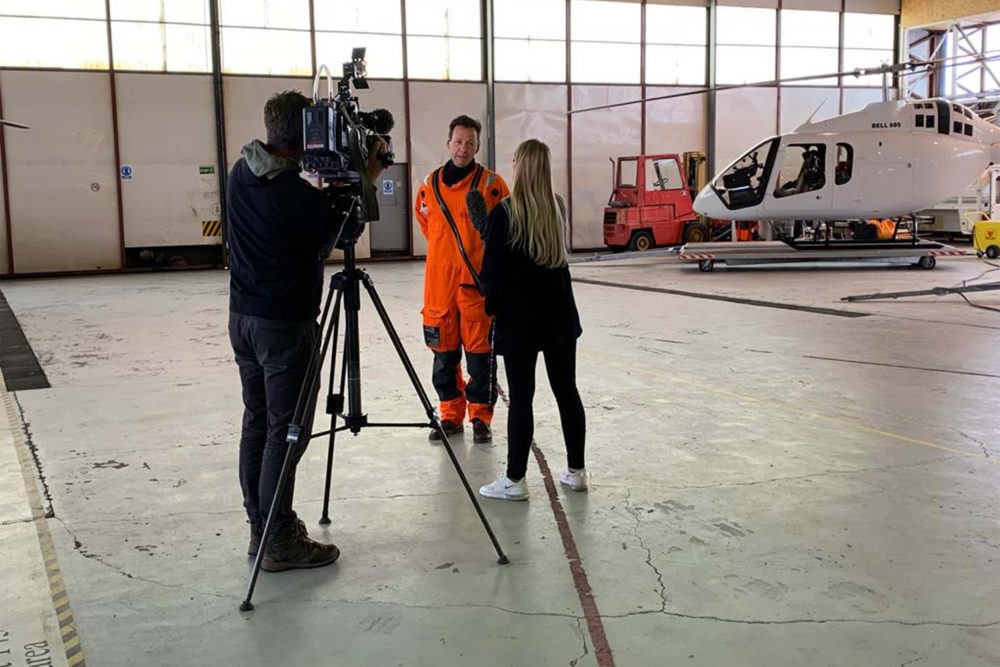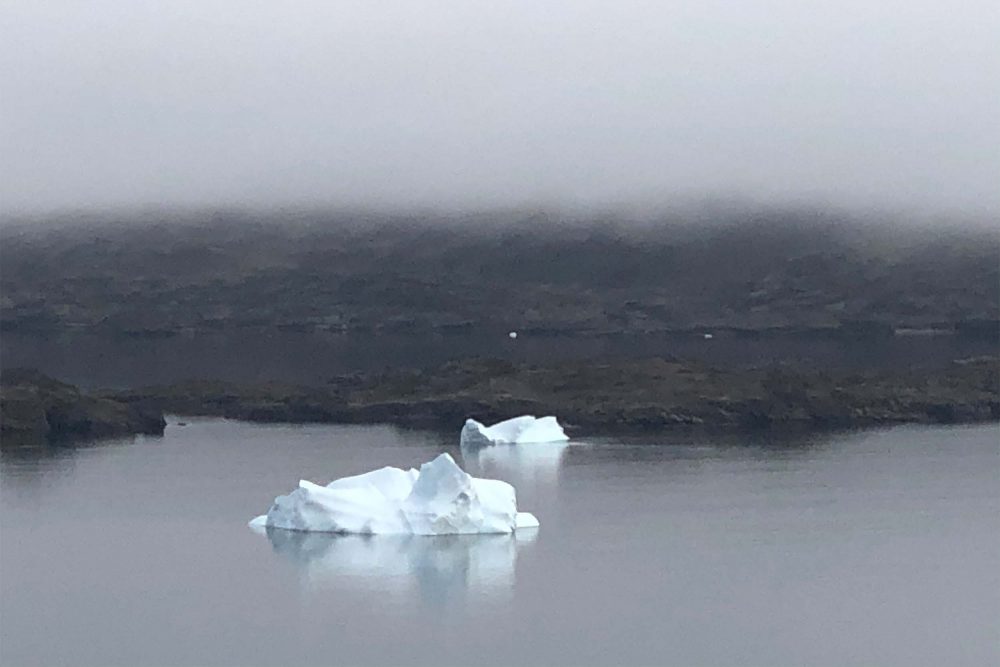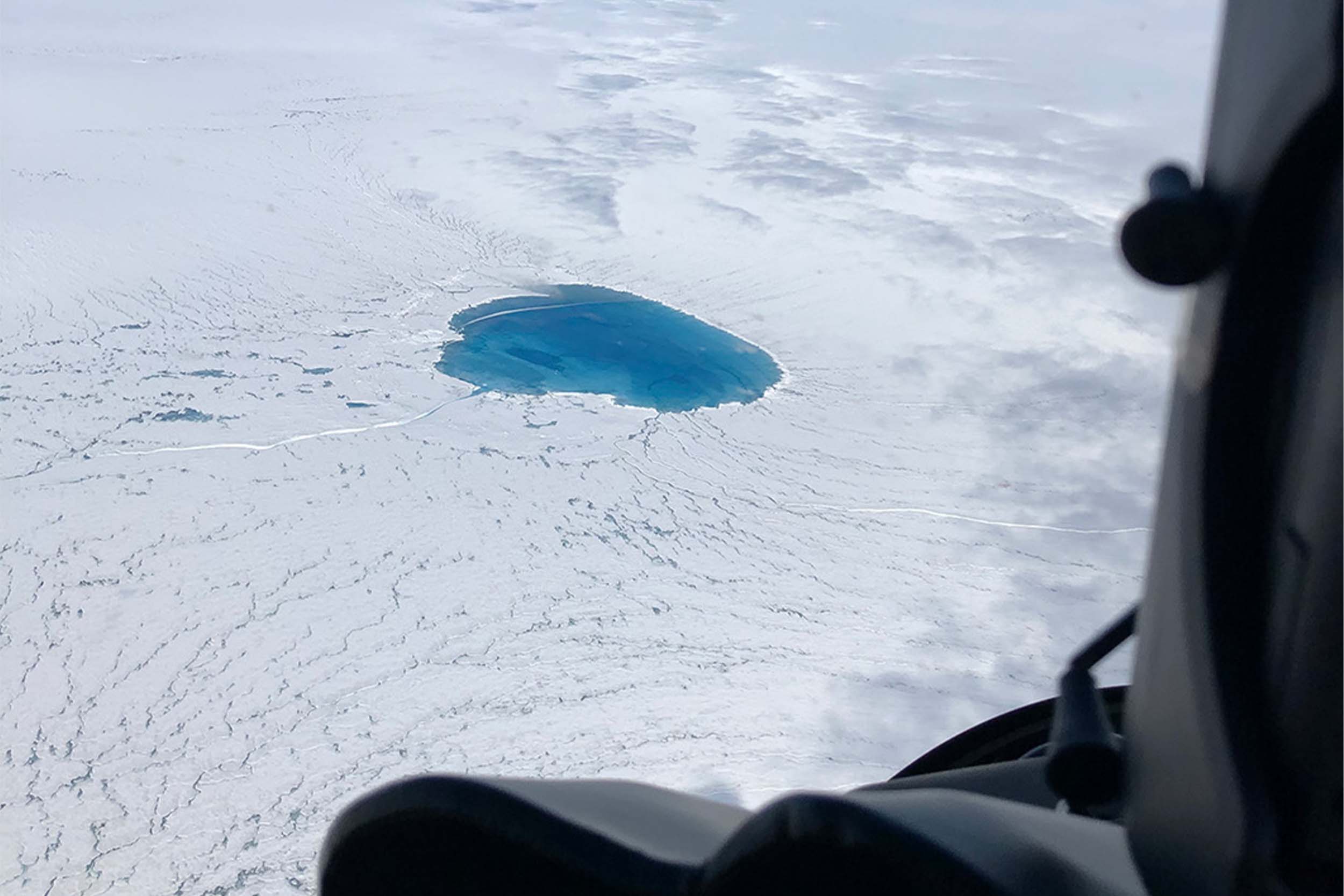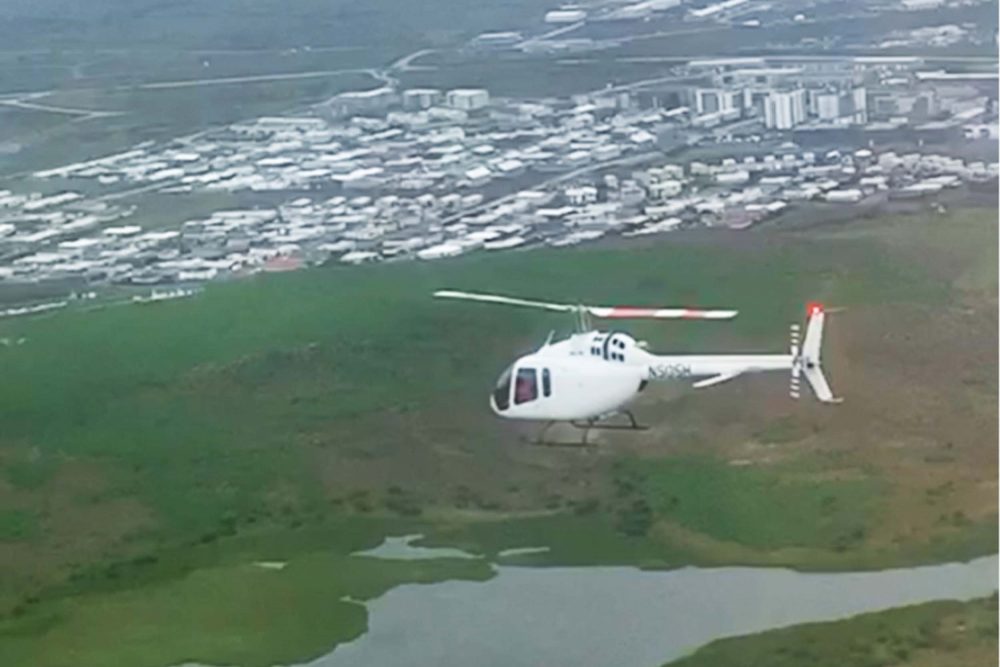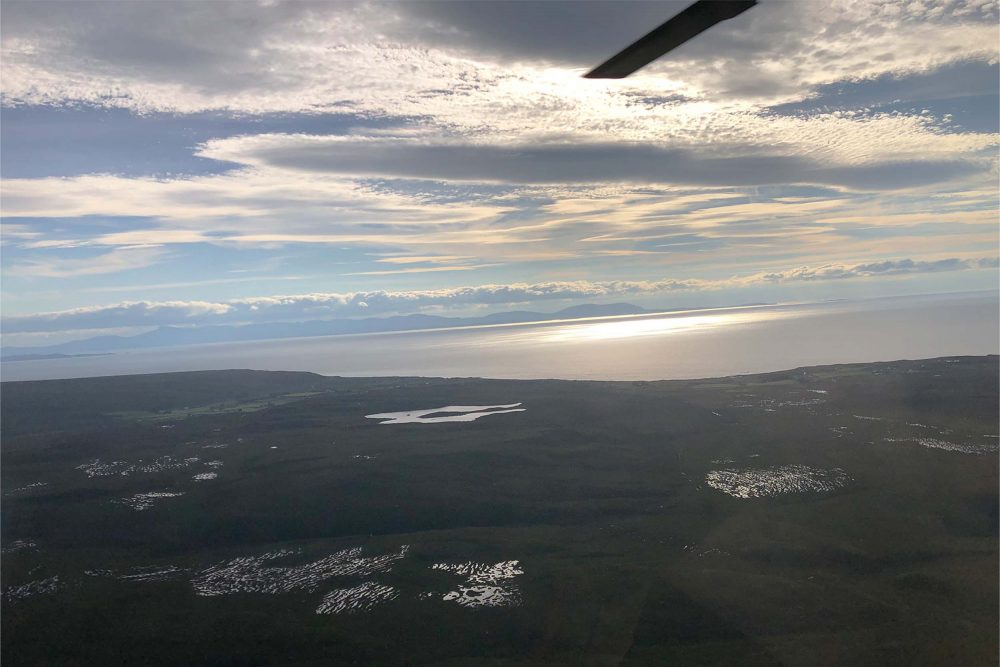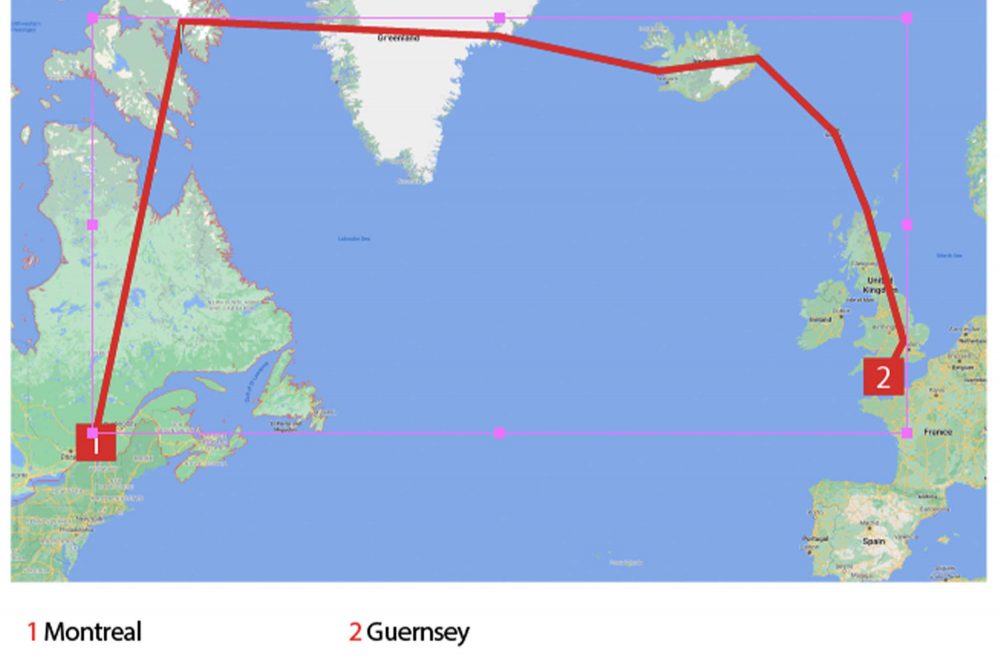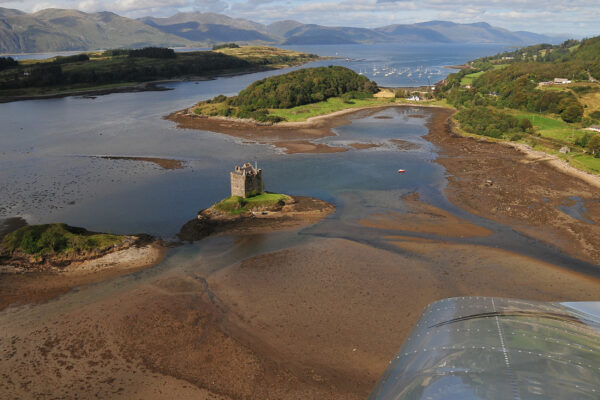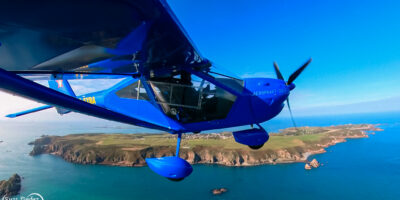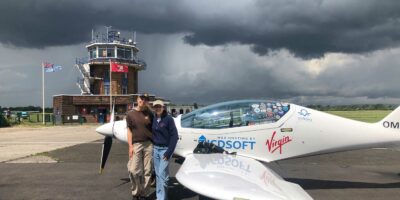“What the …,” I said out loud, startled.
Beep. Beep. Beep. ECU DEGRADE.
The incessant alarm cut like a knife – a piercing, shrieking noise. The clouds seemed to yawn in front of me, ready to cast me into the ocean to my death.
I thought hard. It’s the electronic control unit, degrade isn’t good. This is a FADEC computer controlled helicopter system… This aircraft had more than 50 possible error messages, and I’ve got to remember them, in my head, all 50 of them. Geez, what is this one? Was I about to drop out of the sky?
Beep. Beep. Beep. ECU DEGRADE. The aircraft continued to scream in my ears, crying out about the blinking ECU.
“I think I’m OK,” I said to myself, the hair prickling on the back of my head. “If I fly carefully, fly straight and don’t make any violent movements, I should be OK. I think it sets itself to the last fuel setting it was in, so the fuel burn should be constant, so it just keeps pumping fuel in at the right rate.”
I’m not sure I wholly convinced myself, but when the computer system that controls everything fails, the valves stop at the level they are at. What it could mean is that, when you come into land, you’re pumping in too much fuel. I was just thinking if I fly gently, fly carefully, keep going and get to Greenland, I could worry about how I put the heli down when I get there. The engine might over-rev when I try to land, as it would still be pumping fuel like mad, but in theory I could put it down without a disaster. ECU FAIL is a constant fuel flow so engine off landing, really, really bad. ECU DEGRADE is land as soon as practical, which won’t be for another two hours, and pray in those two hours it doesn’t become an ECU FAIL…
I pressed the mute button to shut the ECU DEGRADE alarm. It stayed on the screen flashing in bright red to remind me that I might just be pushing my luck…
I grabbed the packet of wine gums next to me. Whenever I got a bit nervous during the trip, I’d take to chewing wine gums.
Right now, I was piling the wine gums in, and chewing like mad. Moving the headset mic down, chucking a wine gum in, mic back up again, chew, chew, chew. It was something to focus on other than the ECU DEGRADE.


